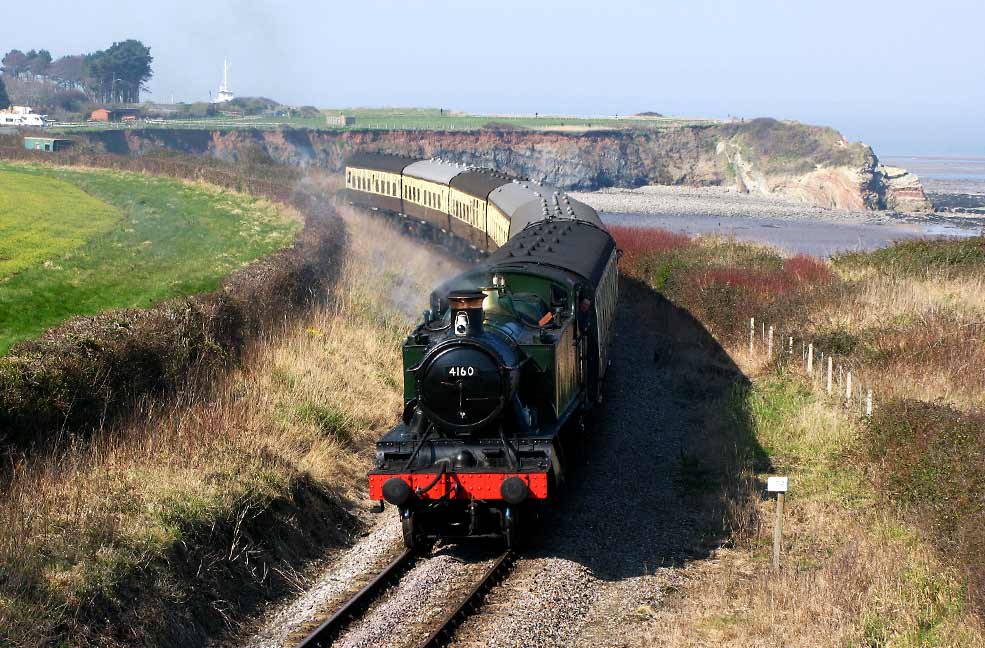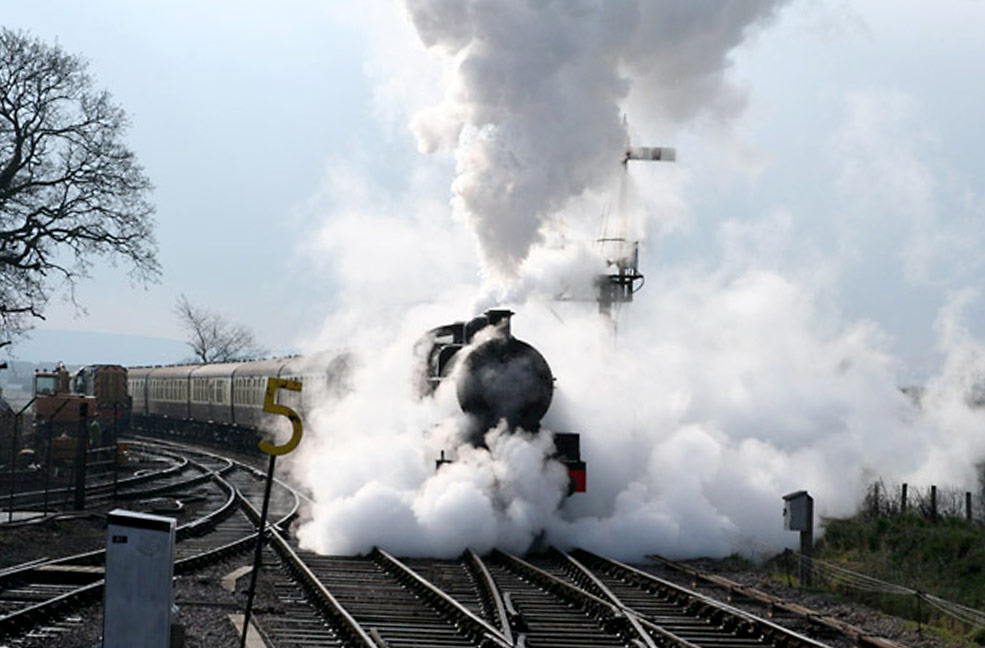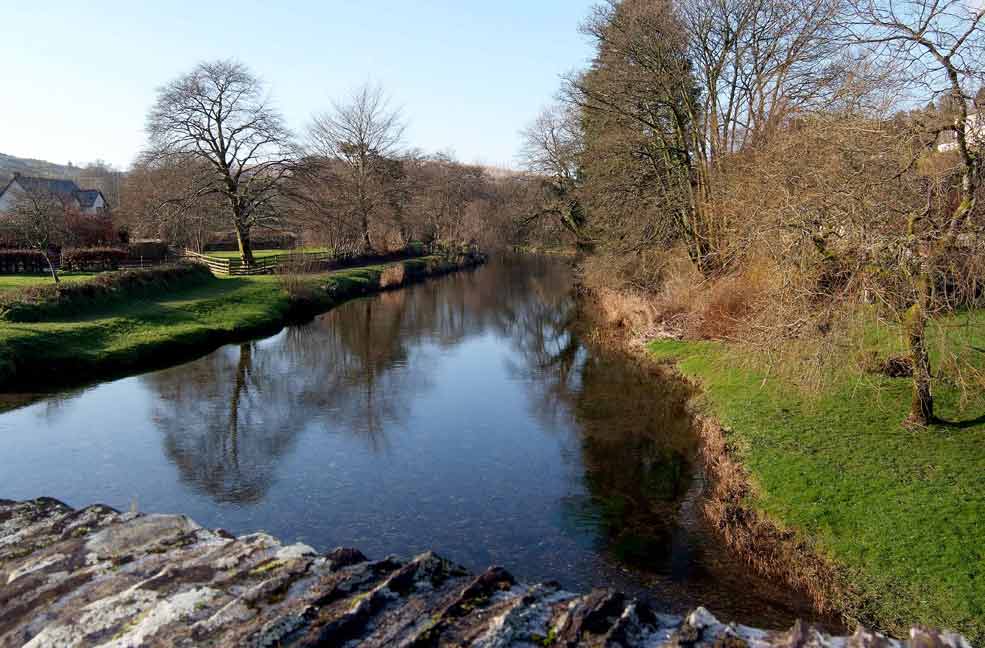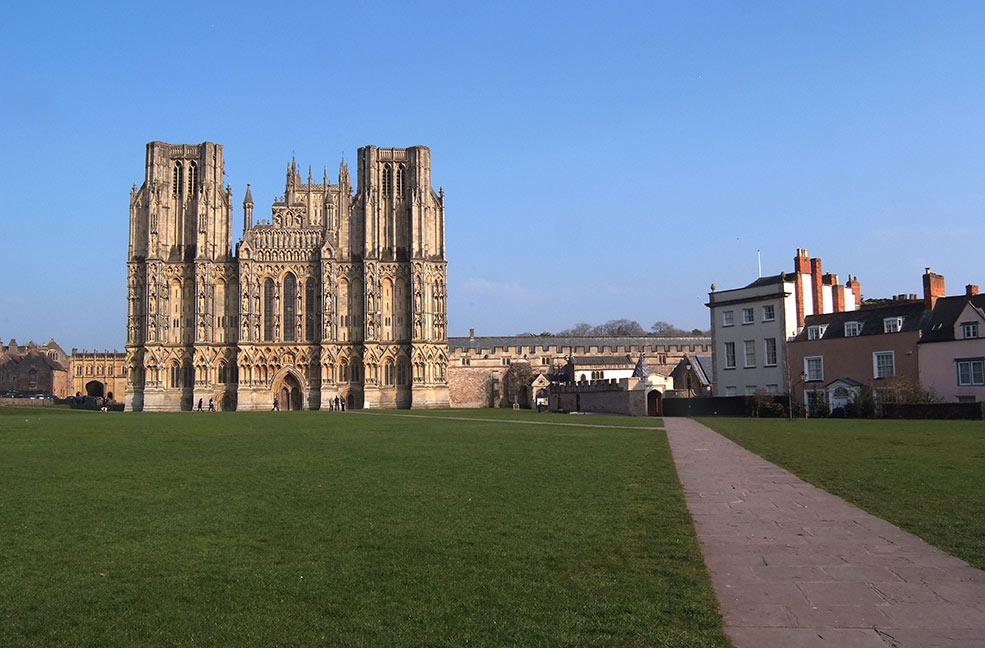A Train (& nature, & history) Lover’s Day Out in Somerset
If you enjoy the chugging of the engines, seeing the steam rise up into the skies, and the hustle and bustle on board a carriage, then be sure to check out the West Somerset Railway when visiting the county.
The West Somerset Railway is the longest heritage railway line in England. It cuts through some of the most breath-taking countryside that Somerset has to offer, and so is a fantastic day trip for train and nature lovers alike. To take a trip on one of the many steam engines is to take a step back in time, which also makes it a great day out for history lovers too.
There are 10 stations stretched across 20 miles served by the steam locomotives and their coaches and wagons. The line goes through many of the county’s hot spots such as Dunster Castle, Minehead’s seaside, Bristol’s Channel, the Quantock Hills, and plentiful cliff, coastal, and architectural views.
Watchet, a town situated on the Bristol Channel, has a particularly interesting history due to its trading heritage and resultant piracy. Reading up about real pirates really is one of my favourite things to do, they have always seemed something of myth to me. There is no better place to do it than on board one of the steam engines, soaring through the towns where history was made. The history there stretches back over 1000 years so there is plenty to feed the imagination.

The West Somerset Railway really started to develop in the 1840’s, as the Bristol and Exeter Railway extended services southwards which greatly increased trade in the region. The Iron Mongers did particularly well out of the steam engines when, in 1856, Watchet hosted locomotives which ran from the Brendon Hills to the town.
It wasn’t all plain sailing however, as land prices in those times were often above and beyond what the railway could afford, and so it was a little time before the line reached the Quantock Hills and the holiday resort of Minehead. The railway then began to be used not only for trade, but for leisure. This meant the platforms had to be developed to cope with the increase in capacity and demand.
The economics of it all was the railway's downfall, as after nationalisation, the line couldn’t make enough in the summer to make up for the quieter months of the year. At this time of course, there was also the advances in private motorcars, and public buses which were cheaper to access at the time. Many stations closed as a result.
It was only in 1979 that the 20 miles of railway line we can visit today was re-established for the enjoyment of the public. Then there were quarrels between the bus companies and the train companies, the former not wishing to lose business. In the eighties, the Council supported the railway to ensure that it would be a sustainable project, and thanks to that, we are at a point today where the railway is stable and well loved by locals and visitors alike, with over 200,000 passengers a year in fact.
The railway has a number of special events running throughout the year. This month the Flying Scotsman even paid a visit. So take a look at their calendar and see what’s on when you are holidaying in Somerset.






